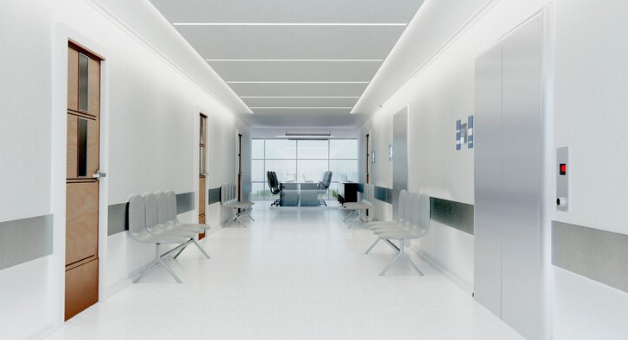Inclusivity is no longer just a buzzword; it’s a fundamental aspect of providing quality healthcare. As hospitals strive to become more accessible and accommodating for all patients, including specially-abled individuals, there are several key considerations and actions that can make a significant difference. Let’s delve into these essential steps to prepare your hospital for specially-abled persons.
Install Lifts for Patients
One of the foundational elements of hospital accessibility is ensuring that patients with mobility challenges can navigate the facility with ease. Medical patient lift installation at strategic locations throughout the hospital is crucial. These lifts should be spacious enough to accommodate wheelchairs and stretchers comfortably.
Imagine a patient who requires regular visits to different departments for treatments or consultations. Without accessible lifts, each transition becomes a daunting task. By investing in lifts designed for patient use, you not only enhance mobility but also improve the overall patient experience.
Use Signage for Navigation
Navigating a hospital can be overwhelming, especially for individuals with visual impairments or cognitive disabilities. Utilizing clear and accessible signage is essential for guiding patients, visitors, and staff throughout the facility.
Consider using high-contrast colors, large fonts, and universal symbols to ensure that signage is easily comprehensible to everyone. Include Braille signage for individuals who are blind or have low vision. By providing clear directions and information, you create a more welcoming and inclusive environment for all.
Make Large Washrooms
Washrooms are areas where accessibility is of utmost importance. For specially-abled patients, including those in wheelchairs, having large and well-equipped washrooms is essential for maintaining their comfort and dignity.
Install grab bars, accessible sinks, and toilets with adequate space for maneuvering wheelchairs. Ensure that these washrooms are conveniently located throughout the hospital, including near common areas and patient rooms. By prioritizing accessible washrooms, you contribute to a more inclusive healthcare environment.
Get MRI Wheelchairs
Diagnostic procedures, such as MRI scans, are crucial for accurately assessing patients’ health conditions. For specially-abled individuals who use wheelchairs, traditional MRI machines may pose challenges. Investing in an MRI wheelchair allows these patients to undergo necessary diagnostic tests without compromising their comfort or safety.
MRI wheelchairs are designed to fit into MRI machines seamlessly, ensuring a smooth and efficient process. By having this specialized equipment available, you empower specially-abled patients to receive comprehensive healthcare without barriers.
Plan Emergency Exits
Emergency preparedness is paramount in healthcare settings. When planning for emergency exits, consider the unique needs of specially-abled patients. Ensure that emergency exits are wide enough to accommodate wheelchairs and mobility aids.
Furthermore, provide training and drills for staff on assisting specially-abled individuals during emergency situations. Equip emergency exits with appropriate signage and lighting to facilitate safe evacuation for everyone. Prioritizing safety measures enhances the overall resilience of your hospital environment.
Train Your Staff for Sensitivity
Beyond physical accommodations, fostering a culture of sensitivity and empathy among hospital staff is crucial. Train your healthcare professionals to interact respectfully and compassionately with specially-abled patients. Emphasize the importance of active listening, understanding diverse needs, and providing tailored care.
Encourage staff to ask patients about their preferences and requirements, ensuring personalized care experiences. By promoting sensitivity and inclusivity, your hospital becomes a trusted healthcare provider for all individuals, regardless of ability.
